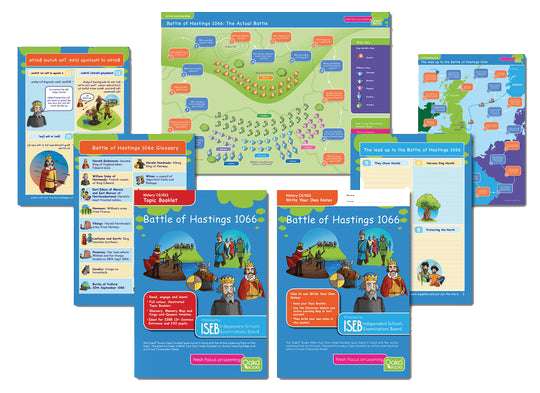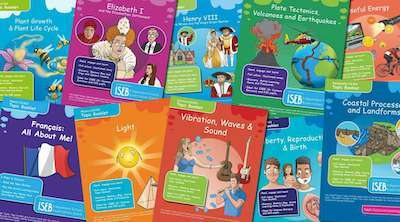Dyslexia comes in many shapes and forms. Each person who has dyslexia will be affected in a different way, whether it’s an issue with processing speed, short term memory or their spelling and reading. With dyslexia occurring in at least 1 in 10 people, affecting more than 700 million children and adults worldwide, it is an important issue to understand. Every person with dyslexia has a specific underlying, neurological cause of their learning difficulty.
For people who have dyslexia it is all about knowing how to cope and which different learning techniques work for them. It is so important for children, parents and teachers to be aware of dyslexia, as having knowledge about it can really help the way a child learns and feels about themselves; if they are getting the help they need and are taught in a way suited for them. There are children out there who don’t know they’re dyslexic and may believe that they are just slower than others. Throughout their school life they have made their own coping mechanism of revising and learning in particular ways to help themselves through their education. This could potentially be the least successful way of learning for them and an extra guide or confidence boost could have made a huge difference to their future.
Scotopic Sensitivity Syndrome has been associated with dyslexia, as it can cause reading difficulty. The solution for anyone with this specific problem is to use tinted films, as they are sensitive to the contrast of black text on a bright white background. It will have been difficult for many children with this problem who have no idea about it; some children may be worried to tell anyone about difficulties such as this particular problem and dyslexia. Scotopic Sensitivity Syndrome is linked to dyslexia with 5% of dyslexics having both learning disabilities. Like dyslexia these are both difficulties that should be made aware as much as possible to teachers, parents and children so the right help can be provided for anyone suffering with either dyslexia or Scotopic Sensitivity Syndrome.





